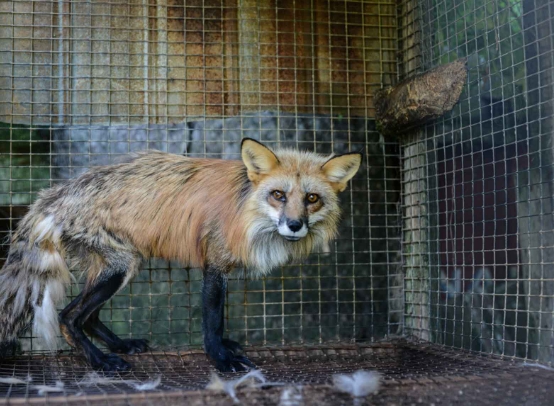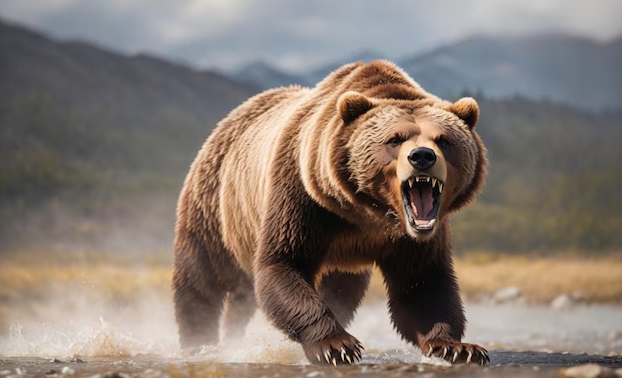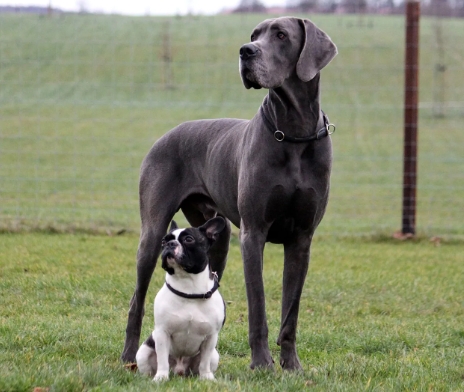Wildlife photography is a beloved art form that captures the beauty and majesty of animals in their natural habitats. However, behind the stunning images lies a dark reality of animal cruelty and exploitation.
The Truth Behind the Lens
Many wildlife photographers use unethical tactics to get the perfect shot, putting the well-being and safety of animals at risk. From baiting and trapping animals to setting up staged images, these practices can have harmful consequences for the animals involved.
Baiting and Trapping
Some photographers lure animals with food or other incentives, leading them into vulnerable situations where they can be easily captured or exploited. This not only disrupts the natural behavior of the animals but also puts them in harm’s way.
Staged Images
In order to capture dramatic or intimate shots, some photographers manipulate the environment or position animals in unnatural poses. This can cause stress and discomfort for the animals, leading to physical and psychological harm.
Impact on Wildlife
The constant pursuit of the perfect photograph can have serious consequences for wildlife populations. By disturbing their natural habitats and behaviors, photographers can disrupt ecosystems and threaten the survival of vulnerable species.
Ethical Guidelines
To combat animal cruelty in wildlife photography, it is important for photographers to adhere to ethical guidelines and practices. This includes respecting the boundaries of animals, avoiding invasive tactics, and prioritizing the well-being of wildlife above the pursuit of the perfect shot.
In conclusion, while wildlife photography can showcase the beauty of animals, it is critical to acknowledge and address the dark side of the industry. By raising awareness about animal cruelty and promoting ethical practices, we can ensure that wildlife photography remains a respectful and responsible art form that celebrates the natural world.



